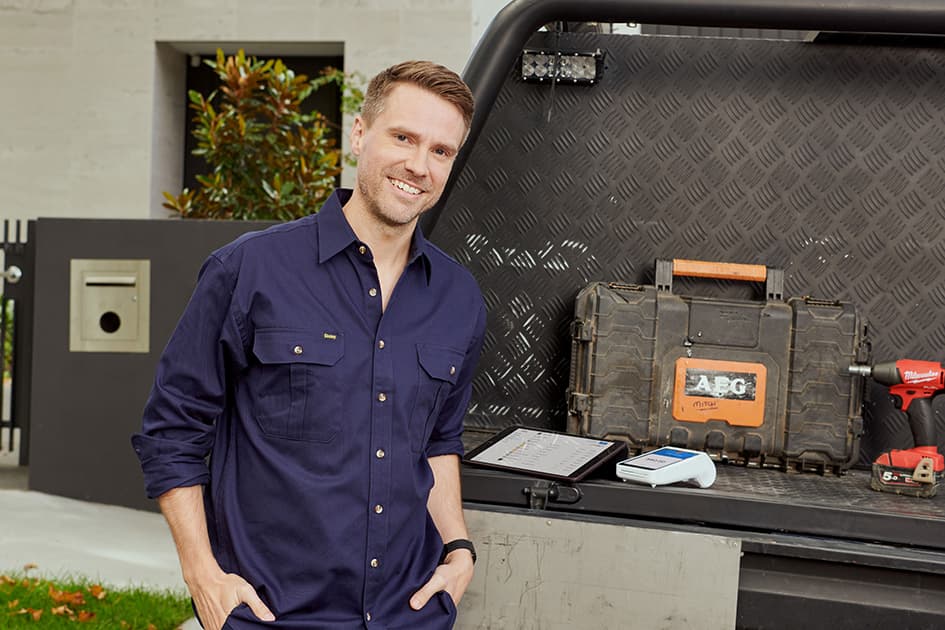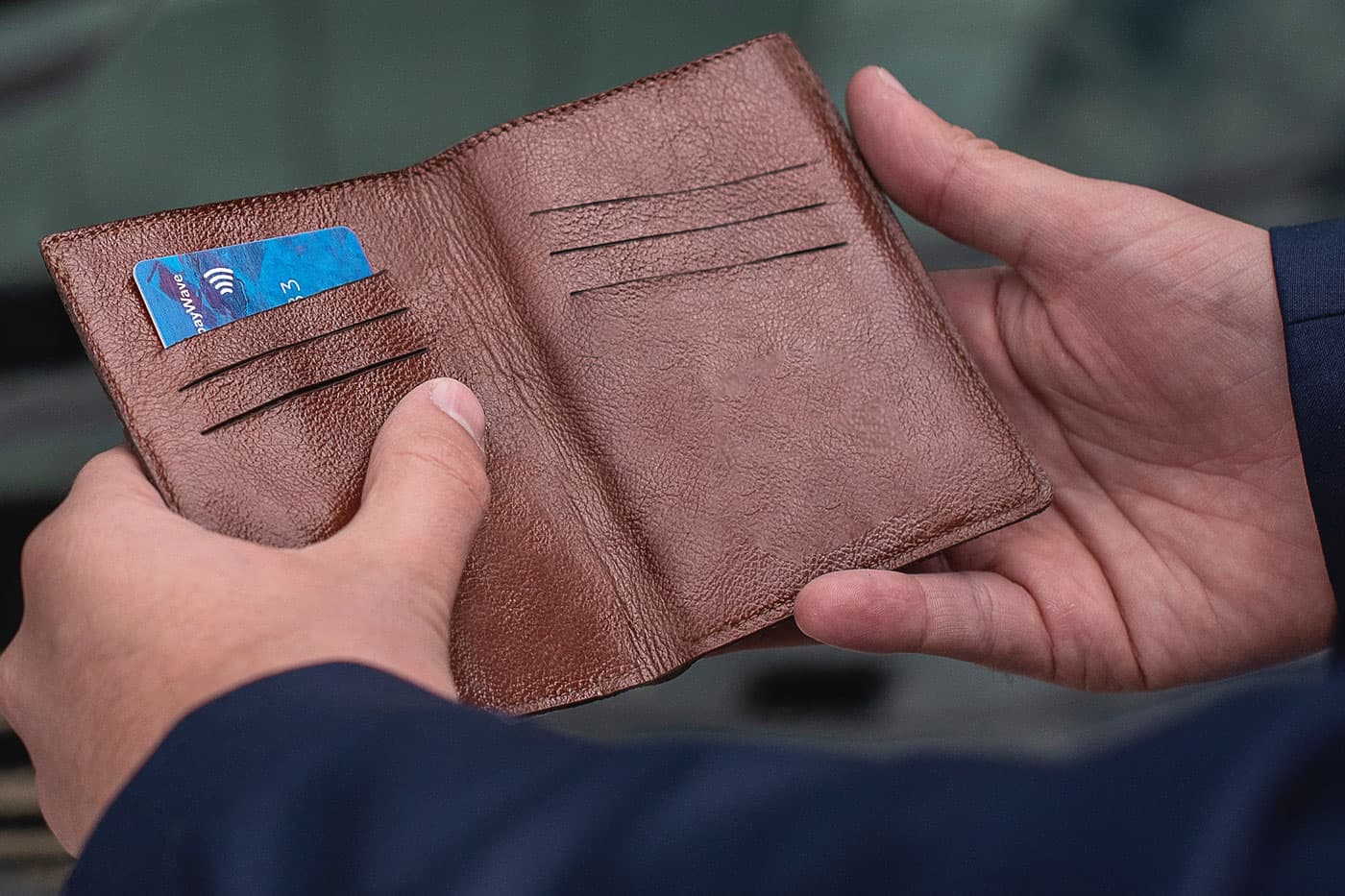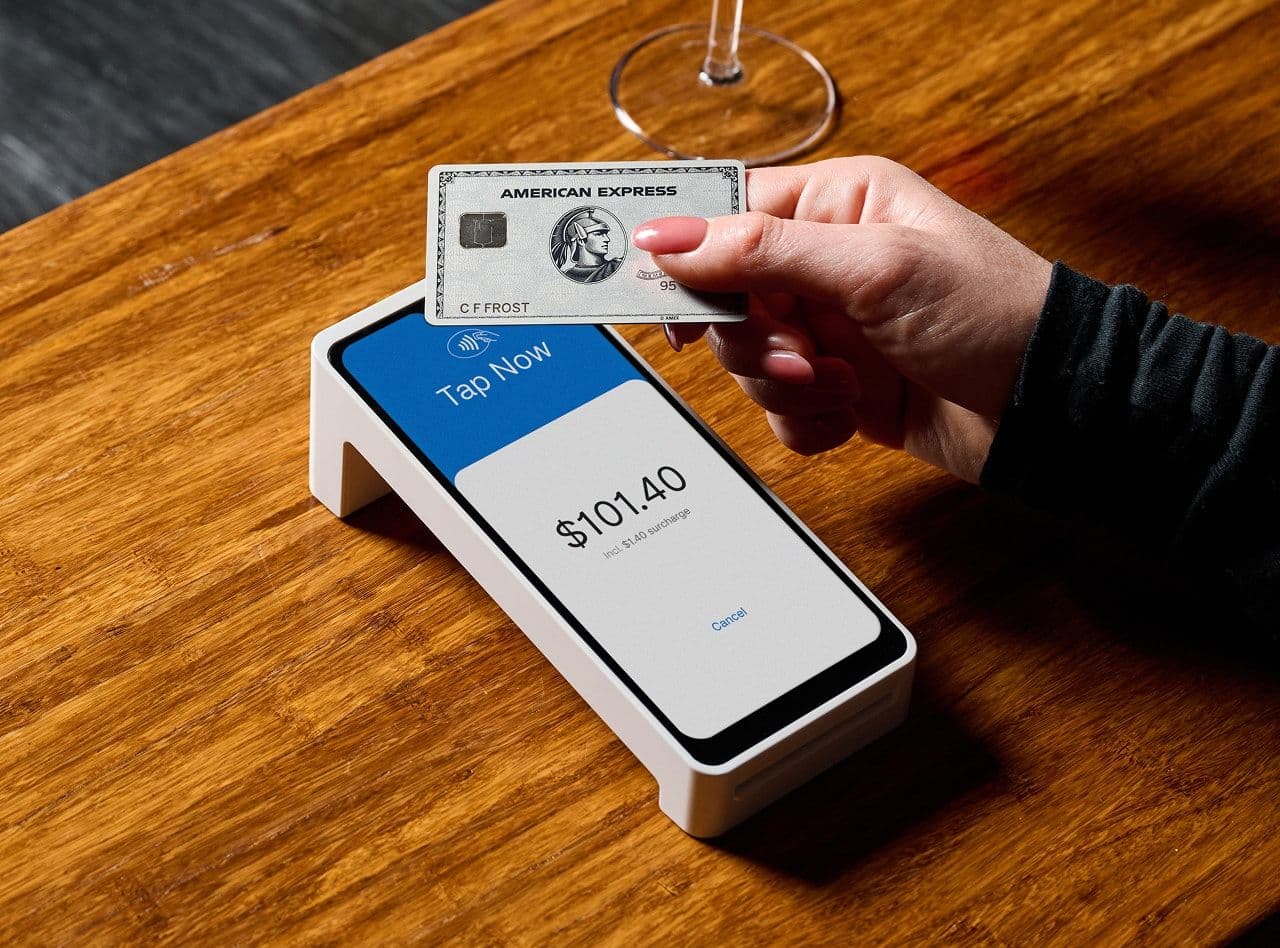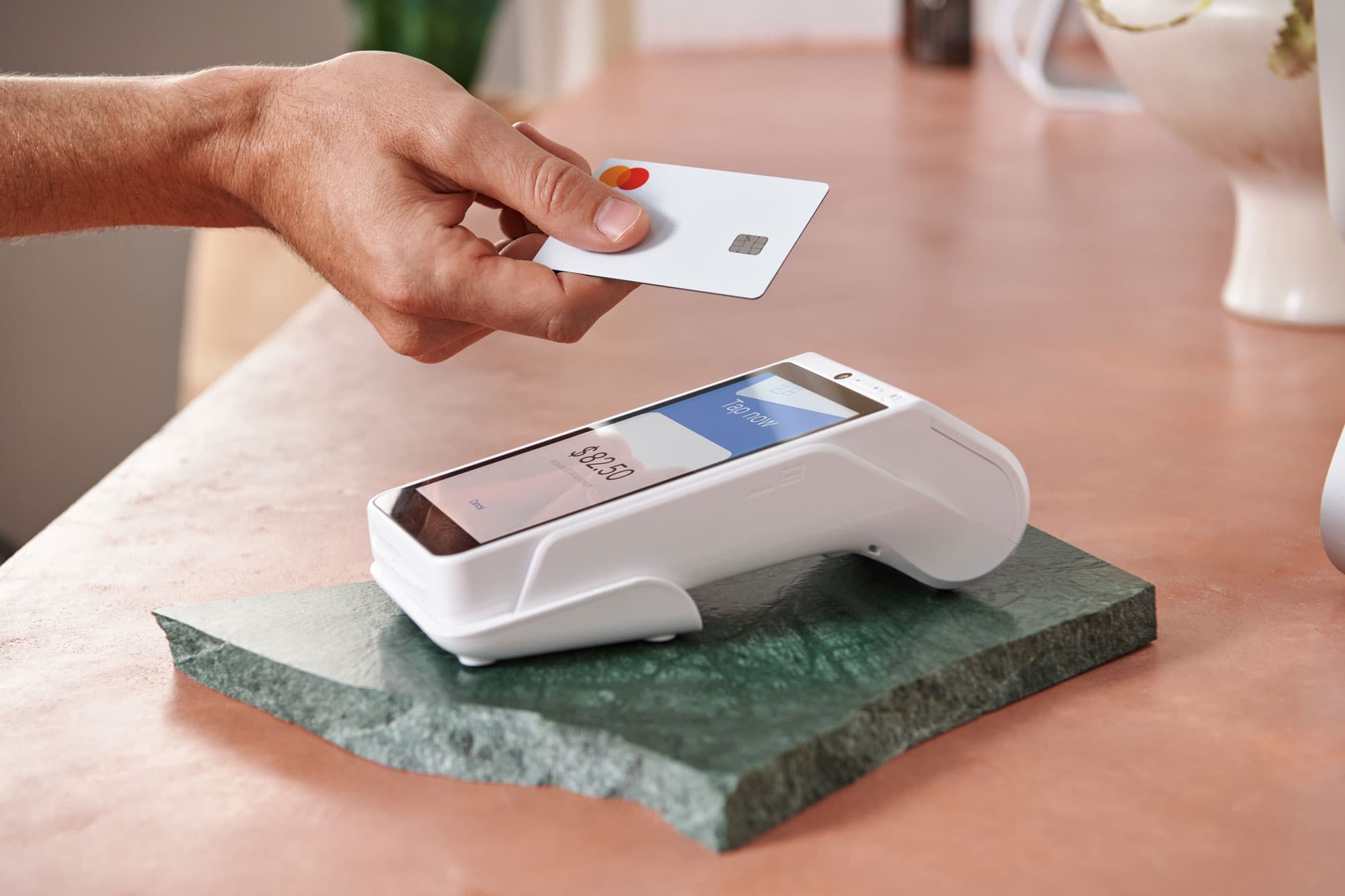
- Business Growth & Optimisation
5 Home Trade Service Trends For 2022
Tap into these opportunities to grow your trades business.
Australia is a renovation nation. Homeowners’ love for improving their investment predates the pandemic — yet new data reveals owner-occupiers are keener than ever to spend big at home, thanks to the lockdown lifestyle shift.
In 2021 alone, homeowners clocked up $4.38 billion in loans to fund renovations, repairs, and rebuilds. The newfound flexibility of work arrangements, coupled with a savings boost, has no doubt contributed to a reprioritisation of spending. As a result, demand for tradespeople and mobile services has skyrocketed; many builders, plumbers, painters, and other workers are solidly booked months in advance.
Looking to fill your client list? Keep reading to discover how to capitalise on the latest trends to leverage this surge in demand and grow your business in 2022.
The rising demand for home and maintenance workers
Some businesses have been stifled by the pandemic, while others thrived. According to the 2021 AU Houzz & Home Renovation Trends Study, nine in ten homeowners brought in professional help for their renovations in 2020. The most in-demand trades were electricians (66%), plumbers (48%), carpenters (35%) and painters (34%).
Simply put, the home improvement industry is booming and it’s showing no signs of slowing down. In fact, industry experts expect the rising demand to be sustained for years to come — an exciting prospect for service-based businesses.
The growing pipeline of work across the country is largely down to four things.
The government’s HomeBuilder grant has made funds more accessible.
Record-low interest rates have enabled more people to get a foothold on the property ladder.
Rising home prices, coupled with overwhelming buyer demand and a lack of stock, means more owner-occupiers are looking to improve their home rather than move.
An increase in time spent at home has generated a renewed enthusiasm for home improvements.
Most people have never spent such a protracted time indoors, so it makes sense that homeowners have discovered the inspiration (and motivation) to improve their surrounding environment. And, with overseas holidays proving difficult to plan, Australians are opening their wallets and spending big at home; a recent study shows 71% of homeowners are spending their holiday money on home improvements.
All signs point to a busy year ahead for home and maintenance merchants and tradespeople, with plenty of opportunities for business growth. Here are five trends to help guide your planning for 2022.
Trend 1: WFH-friendly spaces
Behaviours have changed, technology has adapted, and workplace operational policies and procedures now allow for more flexible work arrangements. Thanks to the pandemic, remote work has become mainstream — putting the spotlight on the home office.
Whether it’s a room conversion, office extension or cleverly-equipped nook that’s required, there’s an opportunity to win more work. Remote offices are here to stay, which is good news for builders, painters, and decorators.
Consider taking advantage of this home renovation trend by incorporating work-related offerings into your services, so as to differentiate yourself from other trades businesses. This could be offering wholesale-priced desks through a new supplier relationship, enabling your clients to get ahead of the supply-chain issues. You could also consider partnering with a professional stylist who can optimise space for performance and efficiency, and refer work your way in your return.
Trend 2: An increase in online search volumes
The pandemic ushered in an enormous surge in demand for home services, which is reflected in increased search traffic for related terms over the last 18 months.
Searches for “residential cleaning”, for example, are up 70% from pre-pandemic levels. Given the nature of COVID-19 transmission, it’s little surprise that people are more concerned about keeping a safe, sanitised and bacteria-free home. Looking to start a new business in 2022? There’s no better time to tap into the demand for home cleaning services. Visit the blog for more information to help get you started.
Google Trends also show a large volume of searches for landscaping, building and renovation services — which aligns with spending figures in 2020-21. For service-based business owners, this indicates a healthy opportunity to grow revenue this year. The key is to be the business that appears in the search results.
To take advantage of the increased search volume, update your Google My Business profile to ensure your business is appearing in the Local 3-Pack. For tips on optimising your profile, click here.
Trend 3: Bringing the outside, inside
For many, lockdowns and self-isolation have reinforced the importance of having green spaces at home. A disconnect from the great outdoors has no doubt contributed to the significant shift towards incorporating nature at home.
While the most obvious home improvements require gardening and landscaping services, this shift has also extended to home interiors. In 2021, there was a trend towards earthy colour palettes like soft terracottas, warm browns and greens; textured walls that introduce wooden beams, sleek wallpapers and faux marble; and sustainably-sourced materials that are gentler on our environment.
Designers and decorators should take these cues to use trending colours, textures and phrases in advertising to leverage the increasing appeal of natural spaces.
Trend 4: Enthusiasm for eco-friendliness
Owner-occupiers are also seeking environmentally-friendly alternatives to traditional appliances, materials and processes. Modular industry leader Modscape has revealed that homeowners are going as far as building unassuming homes that reflect the natural environment itself. Featuring low-profile materials, landscape screening techniques, green roofs, locally excavated materials, and open design spaces, these ‘invisible homes’ honour the environment around them.
In 2022, it’s likely there will be greater demand for raw and natural building materials that require fewer man made chemical treatments. Smart technology that helps homeowners reduce their carbon footprint is also growing in popularity; think solar-conducting rooftops, charging benchtops, battery storage technology, and automated systems that reduce energy usage.
Suffice to say, sustainable construction is a rapidly expanding niche it would pay to carve out a place in.
Trend 5: Bathrooms as sanctuaries
The bathroom has always been a place to steal a few moments of peace and quiet, yet during lockdown it was the one place parents were guaranteed privacy. If you found yourself hiding in the bathroom to get a little alone time at any point during the pandemic, then you'll understand why the bathroom is the second most popular room to renovate.
Plumbers, take note: Australians are looking to add a little luxury to their bathrooms through additions such as freestanding tubs, new sparkling sinks, and spacious cabinets. Now is the time to bring focus to your bathroom expertise in your ads, social posts and website content.
Similarly, decorators should consider brushing up on the colour palettes, patterns and materials that best create a sense of bliss.
Ready to grow your trades business?
If the above trends aren’t evidence enough of the fact that 2022 will be a huge year for home service and maintenance businesses, know this: Australians are currently spending a record $1 billion a month on home renovations. That spells huge opportunity for home maintenance and trades businesses to optimise their offering and advertising for 2022, and cash in on these growing trends.
One key component of growing your business is cash flow. The average small business owner is forced to wait 25.5 days for payment — a costly delay. The ability to take immediate payment upon job completion will ensure you have enough funds to pay staff on time, and quickly buy more supplies when you need them. Plus, taking payment on-site removes the need for you to waste time issuing invoices and chasing up late payments.
Accepting payment via a portable EFTPOS machine means you get faster access to your funds. Payments accepted via Zeller Terminal are swept into your Zeller Transaction Account and available for spending the very next day, using your Zeller Mastercard.



